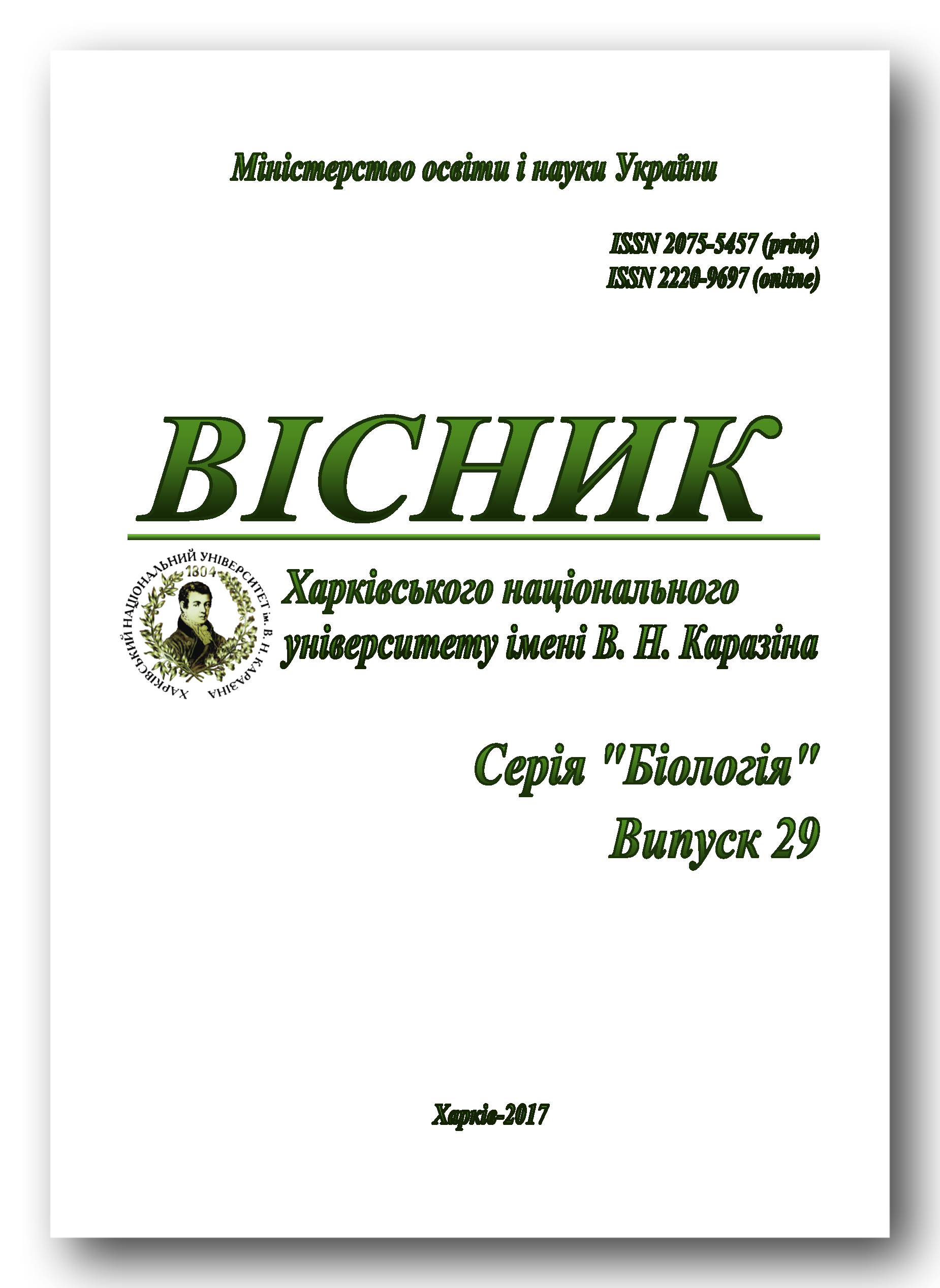In silico аналіз потенційних гем-зв'язувальних сайтів у протеїнових комплексах, що містять repulsive guidance molecule BMP co-receptor B (RGMB) людини
Анотація
BMP сигналінг і рівень гему задіяні у регуляції метаболізму заліза, розвитку оксидативного стресу і запалення. Накопичення вільного гему внаслідок деструкції гемопротеїнів веде до пошкоджень клітин та/або модуляції сигналінгу. Передбачення потенційних гем-зв'язувальних сайтів у протеїнових комплексах, що містять repulsive guidance molecule BMP co-receptor B (RGMB), було проведено за допомогою онлайн програм PatchDock і HemeBIND з використанням даних щодо структури RGMB комплексів з неогеніном (PDB ID 4bq6) та/або BMP2 (PDB ID 4uhz і 4ui2). Молекулярний докінг виявив, що природний тетрамерний комплекс неогеніну та його корецептору RGMB надає декілька сайтів для зв'язування гему поруч з ділянками контакту ланцюгів, в той час як взаємодія гему з мономерними компонентами менш вірогідна. Тільки окремі передбачені сайти містили амінокислоти, здатні формувати стабільні зв’язки з гемом (His, Cys або Tyr), але неспецифічне приєднання гему до декількох ланцюгів комплексу одночасно могло б спричинити короткочасний конформаційний ефект. Беручи до уваги прозапальну дію BMP сигналінгу на ендотелій, зв’язування гему з BMP рецепторним комплексом може обговорюватись як неспецифічний механізм судинного патогенезу при накопиченні гему внаслідок стресу.Завантаження
##plugins.generic.usageStats.noStats##
Цитовано
Як цитувати
Бараннік, Т. В., & Шуба, В. В. (1). In silico аналіз потенційних гем-зв’язувальних сайтів у протеїнових комплексах, що містять repulsive guidance molecule BMP co-receptor B (RGMB) людини. Вісник Харківського національного університету імені В. Н. Каразіна. Серія «Біологія», 29(2), 12-18. https://doi.org/10.26565/2075-5457-2017-29-2
Номер
Розділ
БІОХІМІЯ
Автори залишають за собою право на авторство своєї роботи та передають журналу право першої її публікації на умовах ліцензії Creative Commons Attribution License 4.0 International (CC BY 4.0), яка дозволяє іншим особам вільно розповсюджувати опубліковану роботу з обов'язковим посиланням на авторів оригінальної роботи.




